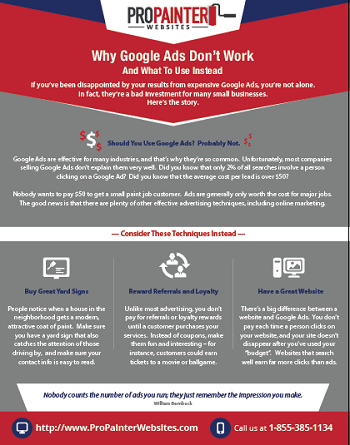Seasonal Considerations For Industrial Exterior Painting: What You Need To Know
Seasonal Considerations For Industrial Exterior Painting: What You Need To Know
Blog Article
Post By-Carlson Celik
When you're planning a commercial external painting task, seasonal elements can make or break your outcomes. You'll want to take into consideration how temperature and humidity effect paint application and drying out times. Choosing the appropriate period can guarantee your paint adheres effectively and lasts longer. But which seasons are truly the best for this kind of work? Allow's discover the crucial elements that can influence your job's success.
The Effect of Temperature Level on Paint Application
When you're preparing a commercial exterior painting project, the temperature can significantly influence just how well the paint sticks and dries.
Ideally, you want to paint when temperature levels range between 50 ° F and 85 ° F. If it's too cool, the paint may not cure appropriately, bring about concerns like peeling or splitting.
On the other side, if it's too warm, the paint can dry as well swiftly, protecting against proper attachment and resulting in an unequal finish.
You ought to additionally take into consideration the moment of day; morning or late afternoon uses cooler temperature levels, which can be more desirable.
Always check the supplier's recommendations for the certain paint you're making use of, as they typically offer assistance on the excellent temperature array for ideal results.
Moisture and Its Impact on Drying Times
Temperature level isn't the only environmental aspect that influences your commercial external painting job; moisture plays a substantial duty too. High humidity degrees can decrease drying out times considerably, impacting the general high quality of your paint job.
When the air is filled with moisture, the paint takes longer to cure, which can result in concerns like inadequate bond and a greater risk of mold growth. If you're repainting on a specifically damp day, be prepared for prolonged delay times in between layers.
straitline painting to monitor regional climate condition and plan as necessary. Ideally, go for moisture degrees in between 40% and 70% for ideal drying.
Maintaining these consider mind guarantees your project stays on track and delivers an enduring coating.
Best Seasons for Commercial Outside Paint Projects
What's the very best season for your business external paint projects?
please click the next web page and early autumn are usually your best options. During these seasons, temperature levels are light, and humidity degrees are usually reduced, creating perfect conditions for paint application and drying out.
Avoid summertime's intense heat, which can create paint to completely dry too quickly, bring about poor attachment and finish. Similarly, winter months's cool temperatures can prevent correct drying out and treating, running the risk of the durability of your paint work.
Aim for days with temperature levels between 50 ° F and 85 ° F for optimal outcomes. Remember to check the local weather prediction for rainfall, as wet problems can ruin your project.
Planning around these variables guarantees your painting project runs smoothly and lasts longer.
Conclusion
Finally, planning your commercial external painting projects around seasonal factors to consider can make a considerable distinction in the end result. By organizing job throughout the optimal temperatures and moisture levels, you'll make sure better attachment and drying times. Keep in mind to keep an eye on local weather forecasts and select the correct time of year-- springtime and very early autumn are your best choices. Taking these steps will help you accomplish a durable and professional coating that lasts.
